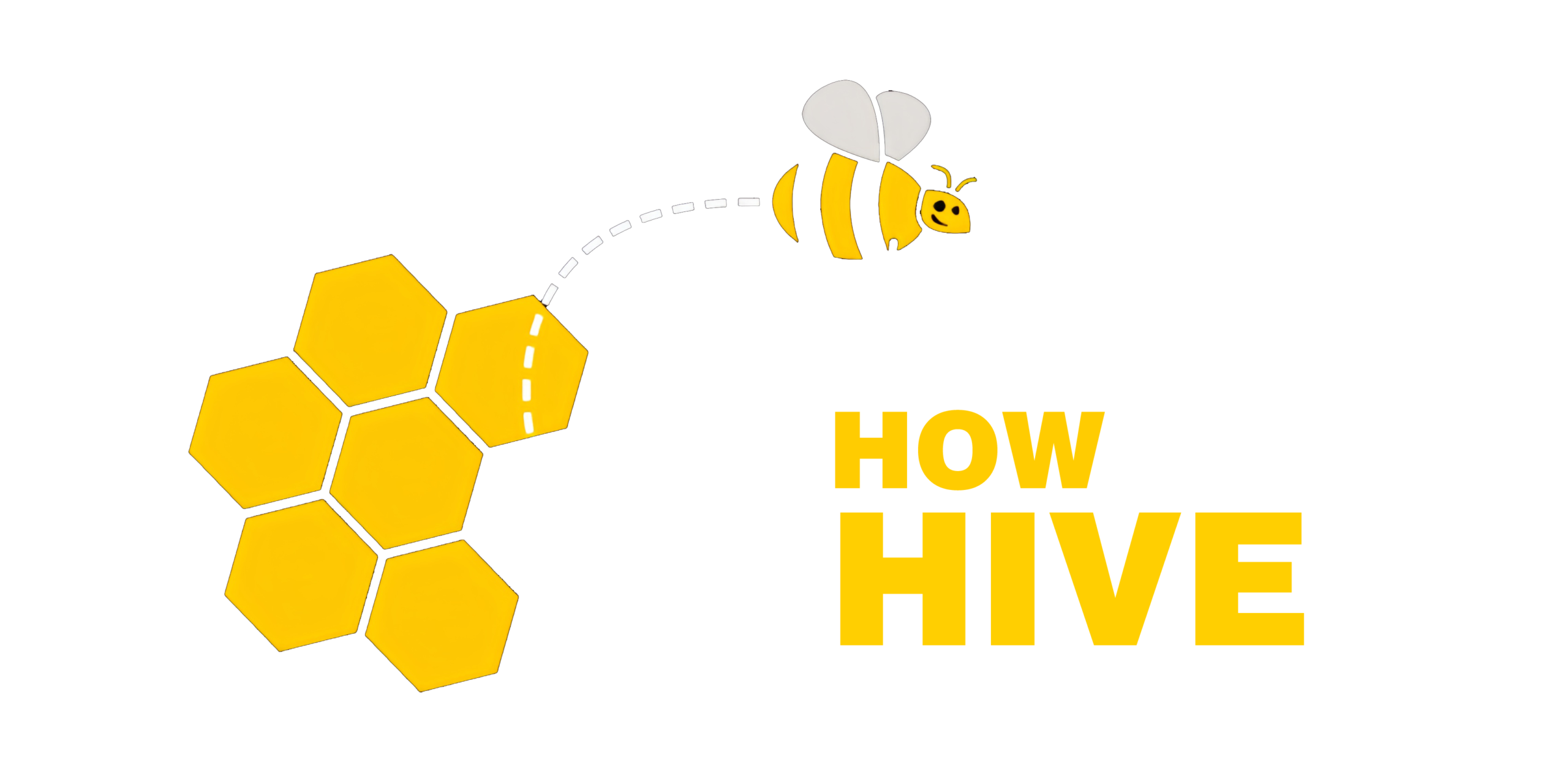Recycling can be more than just a good habit — it can also be a source of fun, creativity, and learning. If you’re looking for a meaningful way to engage your children at home, learning how to make recycled art with kids is the perfect combination of entertainment and education. This activity encourages eco-awareness, boosts creativity, and gives discarded items a brand-new purpose.
In this guide, we’ll show you how to turn everyday waste into art projects your children will love.
Why Recycled Art Is Great for Kids
Teaching kids about recycling through hands-on art activities offers a wide range of benefits:
- Environmental awareness: Children learn the importance of reducing waste.
- Creativity and imagination: They learn to see value in ordinary objects.
- Fine motor skills: Activities like cutting, gluing, and painting improve coordination.
- Quality time: These projects provide fun opportunities for family bonding.
- Cost-effective: You don’t need to spend money on materials — your trash becomes your toolkit.
Common Recyclable Materials for Kids’ Art Projects
Before starting, gather materials that are safe, clean, and child-friendly. Some excellent options include:
- Cardboard boxes, cereal boxes, and toilet paper rolls
- Plastic bottle caps and containers (washed thoroughly)
- Old newspapers and magazines
- Egg cartons and milk cartons
- Fabric scraps, yarn, or string
- Aluminum foil
- Used buttons or broken jewelry
- Glass jars (for older kids with supervision)
Tip: Create a small “recycling art bin” at home to collect these items regularly.
Tools You May Need
Besides the recyclables, here are some basic tools to keep nearby:
- Non-toxic glue or glue stick
- Child-safe scissors
- Paints and brushes
- Tape (masking or colored)
- Markers and crayons
- Construction paper
- Googly eyes, pipe cleaners, and stickers (optional)
Step-by-Step: How to Make Recycled Art with Kids
Let’s look at some fun, easy, and engaging project ideas. These are perfect for children aged 4 and up, with parental guidance when needed.
1. Toilet Paper Roll Animals
Materials: Toilet rolls, paint, googly eyes, colored paper, glue
Steps:
- Paint the toilet roll in a solid color. Let dry.
- Cut out ears, legs, and tails from paper or fabric scraps.
- Glue the parts to the roll. Add googly eyes or draw a face with markers.
- Make a zoo: lions, elephants, owls, bunnies, and more.
2. Bottle Cap Mosaic
Materials: Plastic bottle caps, cardboard base, glue
Steps:
- Draw a design (heart, sun, flower) on the cardboard.
- Arrange the caps by color and size.
- Glue them down to fill the shape like a mosaic.
- Let it dry and hang it as wall art.
3. Egg Carton Flowers
Materials: Egg carton, scissors, paint, pipe cleaners
Steps:
- Cut individual egg cups and shape them into flowers.
- Paint each flower with bright colors.
- Poke a hole in the bottom and insert a pipe cleaner as the stem.
- Create a bouquet for a homemade vase.
4. Newspaper Collage Portraits
Materials: Old newspapers/magazines, glue, construction paper
Steps:
- Cut out words, images, and colors.
- Assemble them onto a construction paper to form a face or scene.
- Glue everything in place.
- Discuss what each piece represents — great for storytelling.
5. Jar Lanterns
Materials: Clean glass jar, tissue paper, glue, LED tea light
Steps:
- Tear tissue paper into small pieces.
- Cover the jar with glue and layer the tissue pieces.
- Let dry and add a handle with wire (optional).
- Place an LED light inside for a safe night lantern.

Safety Tips for Working with Kids
- Always supervise young children, especially when using scissors or glass.
- Use non-toxic, washable materials.
- Avoid sharp edges or small pieces for toddlers.
- Choose age-appropriate projects — adjust complexity as needed.
Learning Through Recycled Art
Each art session can become a mini-lesson:
- Science: Discuss decomposition and why recycling helps the planet.
- Math: Count materials, measure paper, and practice symmetry.
- Language: Encourage kids to name their projects and tell a story.
- Social skills: Working together teaches sharing and teamwork.
Extend the Learning: Create a Recycled Art Gallery
Make the experience even more memorable by turning your living room or hallway into a mini-gallery. Let your kids:
- Name their artwork
- Write a short “artist’s statement”
- Invite family members to the “exhibit”
- Take photos for a scrapbook or classroom project
Where to Buy Safe Craft Supplies
If you’re missing materials like glue, paint, or LED tea lights, you can find safe and eco-friendly options on Amazon.
Looking for more creative ways to entertain your children with sustainable activities? Check out our fun guide on recycled puzzle games for kids.
Conclusion: Let Creativity and Sustainability Bloom
Making recycled art with kids is a powerful way to blend learning, creativity, and environmental responsibility — all while having fun. It’s not just about crafts; it’s about values, memories, and skills that last a lifetime.
Save this guide for your next rainy afternoon — or share it with a friend who loves crafting with their kids!
FAQ: Recycled Art for Children
Q1: What age is appropriate for recycled art projects?
Most projects are suitable for kids ages 4 and up, with adjustments based on their motor skills and attention span.
Q2: Can I use hot glue for faster results?
Yes, but only under adult supervision. For young kids, stick with non-toxic craft glue.
Q3: How can I store finished artwork?
Use a flat portfolio folder for paper crafts or label a bin for 3D items. Take photos to save space over time.
Need non-toxic glue or child-safe scissors for your recycled art projects? Shop eco-friendly craft supplies on Amazon and get everything you need delivered to your door.
Written by Kate Smith | Craft Educator & Eco-Friendly Mom
